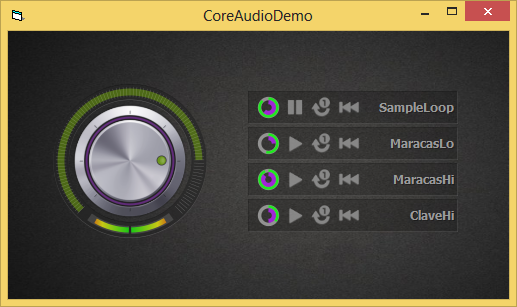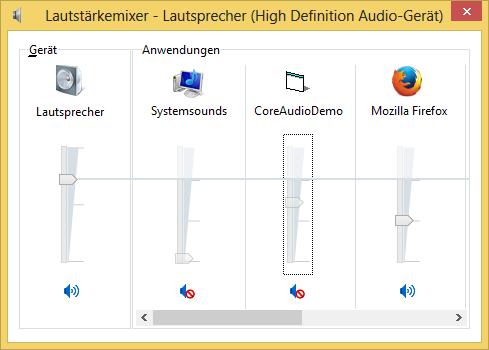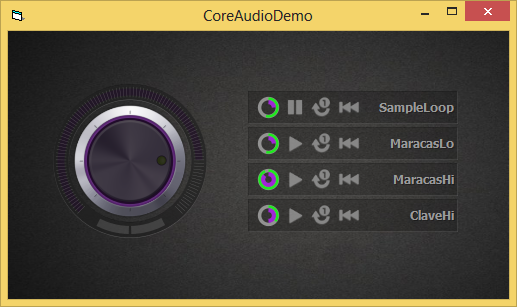Over the years I have used many methods for getting the above information. None have been entirely satisfactory or involved long code.
Recently I came across the WMI classes that are part of all Windows machines (certainly since XP) and make the job quite simple.
Here is a quick demo with a very simple presentation via a Message box. I urge you to investigate for yourselves all the classes available.
All my tests have been on Win10, so I would be grateful if others would report their findings.
Recently I came across the WMI classes that are part of all Windows machines (certainly since XP) and make the job quite simple.
Here is a quick demo with a very simple presentation via a Message box. I urge you to investigate for yourselves all the classes available.
All my tests have been on Win10, so I would be grateful if others would report their findings.
Code:
Option Explicit
Private Sub Form_Load()
Dim Results As Object, Info As Object, PCInfo As String, Ram As String, TotMem As Long
' Get the Memory information. For more information from this query, see: https://msdn.microsoft.com/en-us/library/aa394347(v=vs.85).aspx
Set Results = GetObject("Winmgmts:").ExecQuery("SELECT Capacity FROM Win32_PhysicalMemory")
For Each Info In Results
TotMem = TotMem + (Info.Capacity / 1073741824) 'Capacity returns the size separately for each stick in bytes. Therefore we loop and add whilst dividing by 1GB.
Next Info
' Get the O.S. information. For more information from this query, see: https://msdn.microsoft.com/en-us/library/aa394239(v=vs.85).aspx
Set Results = GetObject("Winmgmts:").ExecQuery("SELECT Caption,Version,ServicePackMajorVersion,ServicePackMinorVersion,OSArchitecture,TotalVisibleMemorySize FROM Win32_OperatingSystem")
For Each Info In Results 'Info.Version can be used to calculate Windows version. E.G. If Val(Left$(Info.Version,3)>=6.1 then it is at least Windows 7.
PCInfo = Info.Caption & " - " & Info.Version & " SP " & _
Info.ServicePackMajorVersion & "." & _
Info.ServicePackMinorVersion & " " & Info.OSArchitecture & " " & vbNewLine
Ram = "Installed RAM: " & Format$(TotMem, "0.00 GB (") & Format$(Info.TotalVisibleMemorySize / 1048576, "0.00 GB usable)") 'Divide by 1MB to get GB
Next Info
' Get the C.P.U. information. For more information from this query, see: https://msdn.microsoft.com/en-us/library/aa394373(v=vs.85).aspx
Set Results = GetObject("Winmgmts:").ExecQuery("SELECT Name,AddressWidth,NumberOfLogicalProcessors,CurrentClockSpeed FROM Win32_Processor")
For Each Info In Results
PCInfo = PCInfo & Info.Name & " " & Info.AddressWidth & _
"-bit." & vbNewLine & Info.NumberOfLogicalProcessors & _
" Cores " & Info.CurrentClockSpeed & "MHz. " & Ram
Next Info
Set Results = Nothing
MsgBox PCInfo
End Sub




